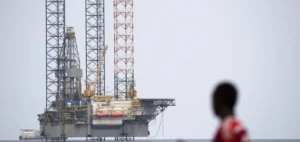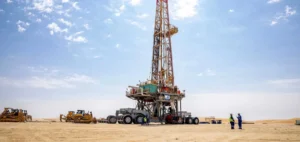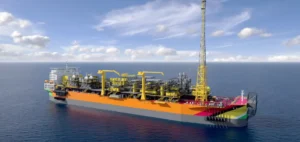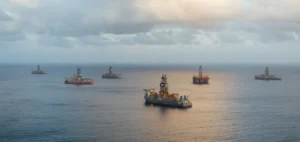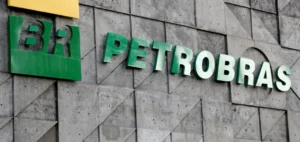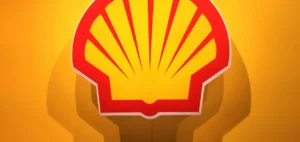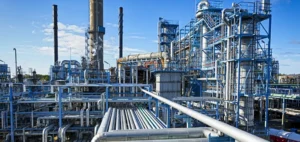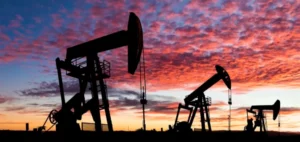The International Energy Agency (IEA) adjusts its forecast for global oil demand in 2025, citing continued weakness in the Chinese economy.
China, as the world’s largest oil importer and second-largest consumer, sees its contribution to global demand decline significantly. The IEA now forecasts an increase of 950,000 barrels per day in 2025, a downward revision of 30,000 barrels on its previous estimates.
The slowdown in demand in China, mainly in the construction and industrial production sectors, is having a negative impact on the global outlook.
Reduced consumption of petroleum products such as diesel and naphtha, widely used in these sectors, reflects stagnating economic activity and a pause in the expansion of China’s petrochemical sector.
Regional disparities and supply tensions
While demand is stagnating in China, it remains buoyant in Western economies, particularly the USA, where fuel consumption continues to grow.
The IEA anticipates strong demand during the American summer season, exacerbated by production cuts by the Organization of the Petroleum Exporting Countries (OPEC) and its allies (OPEC+).
This combination of factors is leading to an imbalance between supply and demand, with increased pressure on oil prices.
This regional divergence creates a complex situation for the global oil market, where supply is struggling to keep pace with demand in some regions, while others are experiencing stagnation.
The industry’s ability to adapt to these divergent dynamics will be crucial to maintaining market stability.
Implications for the energy sector
Adjustments to forecasts by the IEA reveal the challenges facing players in the oil industry.
Evolving global demand, influenced by regional and economic factors, requires a constant reassessment of production and distribution strategies.
Countries dependent on oil exports must navigate in an environment where demand is no longer uniformly growing, but marked by significant fluctuations.
In addition, energy transition and carbon emission reduction efforts, while still modest in some regions, are beginning to weigh on the long-term outlook for oil demand.
Geopolitical adjustments, new environmental policies and technological developments are all variables that will redefine the contours of the global energy market in the years ahead.



